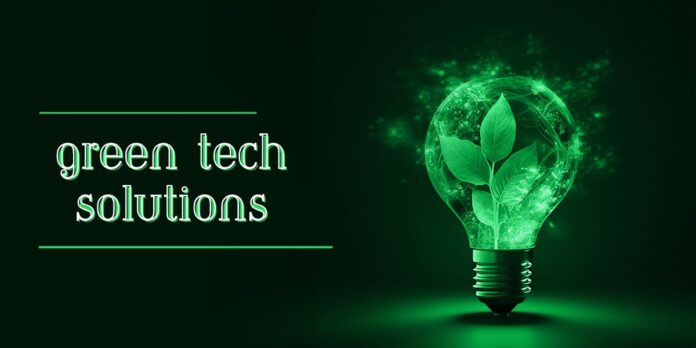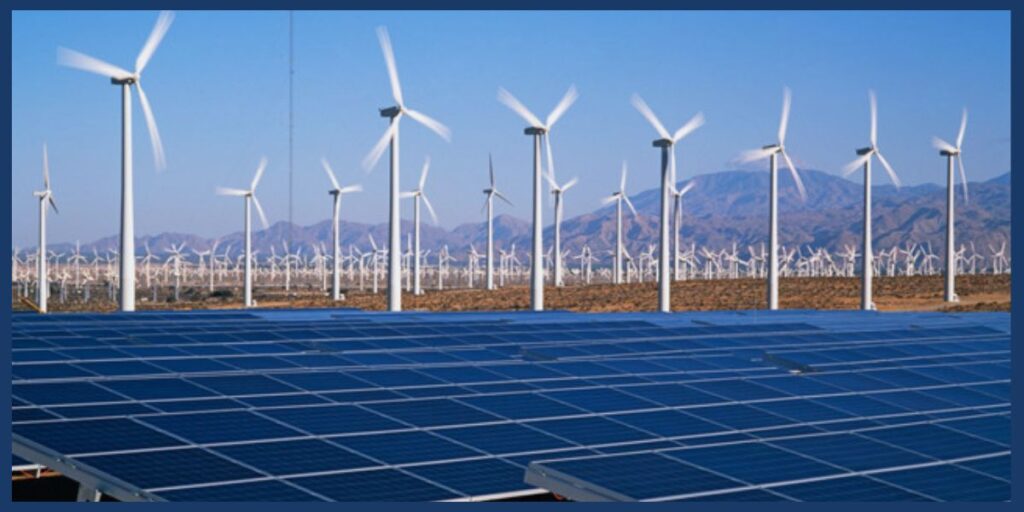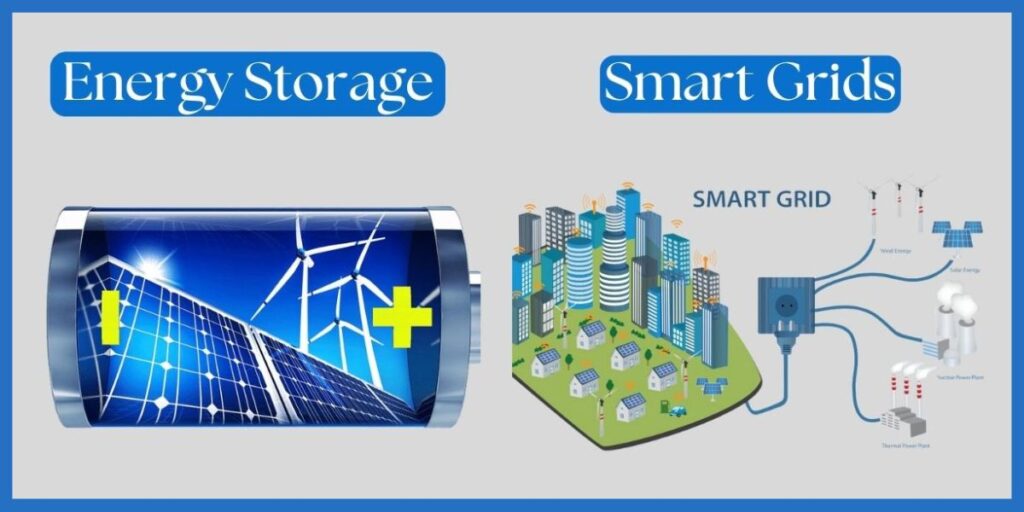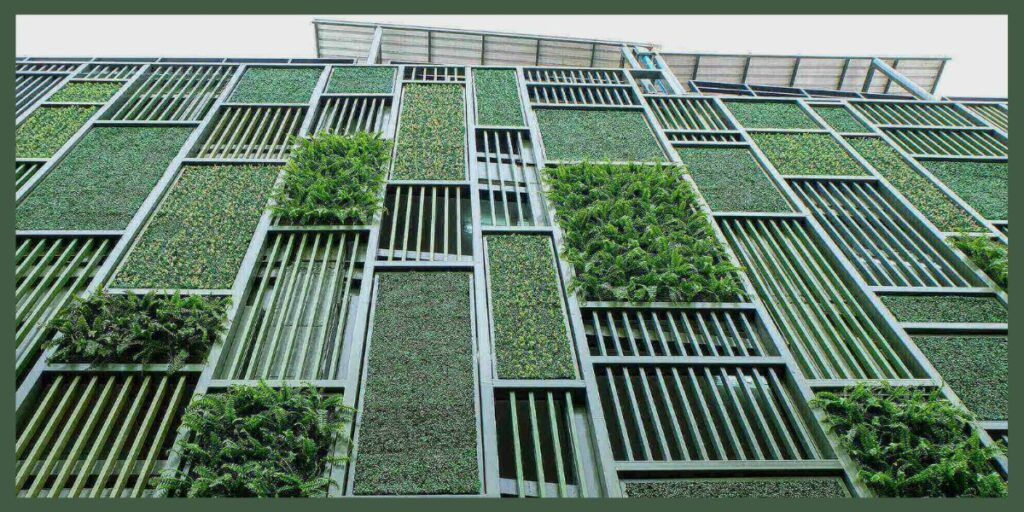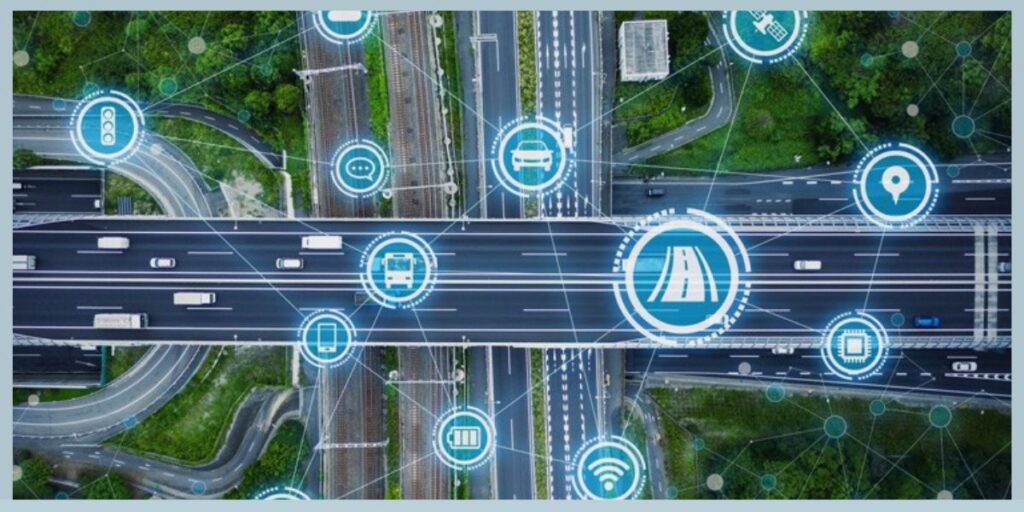In the face of pressing environmental challenges, the world is turning to innovative green tech solutions to combat climate change and promote sustainability. These technologies aim to reduce our carbon footprint and promise to transform industries and improve the quality of life. From renewable energy sources to sustainable agriculture practices, Greentech solutions pave the way for a greener, more sustainable future.
Renewable Energy Sources
One of the most significant green tech advancements is the development and deployment of renewable energy sources. Unlike fossil fuels, renewable energy sources such as solar, wind, and hydroelectric power produce little to no greenhouse gas emissions. They offer a sustainable alternative that can help mitigate climate change and reduce dependence on finite resources.
Solar Power:
Solar energy harnesses the power of the sun through photovoltaic cells or solar thermal systems. The efficiency of solar panels has increased significantly over the past decade, making them a viable option for both residential and commercial use. Innovations such as solar roof tiles and transparent solar panels are expanding the potential applications of this clean energy source.
Wind Energy:
Wind turbines convert the kinetic energy of wind into electricity. Offshore wind farms, in particular, have gained traction due to their ability to generate large amounts of energy without occupying land. Technological advancements are making wind turbines more efficient and cost-effective, contributing to the growth of this sector.
Hydroelectric Power:
Hydroelectric power generates electricity by using the energy of flowing water. While large-scale hydroelectric dams have been around for decades, newer technologies like small-scale hydro and run-of-river systems are emerging. These systems have a lower environmental impact and can be deployed in a variety of settings.
Energy Storage and Smart Grids
As renewable energy sources become more prevalent, the need for efficient energy storage and smart grid systems is becoming increasingly important. These technologies ensure that energy is available when and where it is needed, even when renewable sources are not producing power.
Battery Storage:
Advances in battery technology are critical for the widespread adoption of renewable energy. Lithium-ion batteries, used in everything from electric vehicles to home energy storage systems, have significantly improved capacity and cost. Research into alternative battery technologies, such as solid-state and flow batteries, promises even greater efficiencies.
Smart Grids:
Smart grids use digital technology to monitor and manage the flow of electricity from generation to consumption. They can integrate a variety of energy sources, including renewables, and optimize energy use in real time. This leads to increased efficiency, reduced waste, and greater reliability in the power supply.
Sustainable Agriculture
Agriculture is another sector where green tech solutions are making a substantial impact. Traditional farming practices can be resource-intensive and environmentally damaging, but innovative technologies are helping to create more sustainable agricultural systems.
Precision Farming:
Precision farming uses data and technology to optimize crop yields and reduce waste. Sensors, GPS mapping, and drones can monitor soil health, water usage, and crop growth, allowing farmers to make informed decisions and apply resources more efficiently.
Vertical Farming:
Vertical farming involves growing crops in stacked layers, often in controlled indoor environments. This method reduces the need for land and water, and it can be implemented in urban areas, reducing the distance food travels from farm to table. LED lighting and hydroponic systems are key components of successful vertical farms.
Biotechnology:
Advances in biotechnology are leading to the development of crops that are more resistant to pests, diseases, and extreme weather conditions. Genetically modified organisms (GMOs) and gene editing techniques, such as CRISPR, hold the potential to improve food security while minimizing the environmental impact of agriculture.
Green Building Technologies
The construction and operation of buildings account for a significant portion of global energy use and greenhouse gas emissions. Green building technologies aim to reduce the environmental footprint of buildings through sustainable design and innovative materials.
Energy-Efficient Buildings:
Green buildings are designed to use energy more efficiently, incorporating features such as improved insulation, energy-efficient windows, and smart heating and cooling systems. These buildings often achieve certification under standards like LEED (Leadership in Energy and Environmental Design) or BREEAM (Building Research Establishment Environmental Assessment Method).
Sustainable Materials:
The use of sustainable materials, such as reclaimed wood, recycled metal, and low-VOC (volatile organic compound) paints, helps to reduce the environmental impact of construction. Innovations in materials science are also leading to the development of new, eco-friendly building materials like cross-laminated timber and biodegradable insulation.
Green Roofs and Walls:
Green roofs and walls incorporate vegetation into building design, providing insulation, reducing stormwater runoff, and improving air quality. These features can also enhance biodiversity and create pleasant urban spaces.
Transportation Innovations
The transportation sector is a major contributor to greenhouse gas emissions, but green tech solutions are offering cleaner, more sustainable alternatives.
Electric Vehicles (EVs):
Electric vehicles are becoming increasingly popular as battery technology improves and charging infrastructure expands. EVs produce zero tailpipe emissions and can be powered by renewable energy sources, significantly reducing their environmental impact compared to traditional internal combustion engine vehicles.
Public Transit and Shared Mobility:
Innovations in public transit, such as electric buses and smart transit systems, are making it easier and more appealing for people to choose public transportation over personal vehicles. Shared mobility services, including bike-sharing and ride-hailing apps, are also contributing to more efficient use of transportation resources.
Alternative Fuels:
Research into alternative fuels, such as hydrogen and biofuels, is ongoing. These fuels have the potential to power vehicles with lower emissions than conventional gasoline or diesel. Hydrogen fuel cells, for example, produce only water vapor as a byproduct.
Conclusion:
Green tech solutions are driving the transition to a more sustainable future. By embracing renewable energy sources, improving energy storage and smart grid systems, adopting sustainable agriculture practices, implementing green building technologies, and innovating in transportation, we can reduce our environmental footprint and combat climate change. These advancements not only protect the planet but also create new economic opportunities and improve the quality of life for people around the world. As we continue to develop and deploy green technologies, the vision of a sustainable future becomes increasingly attainable.

